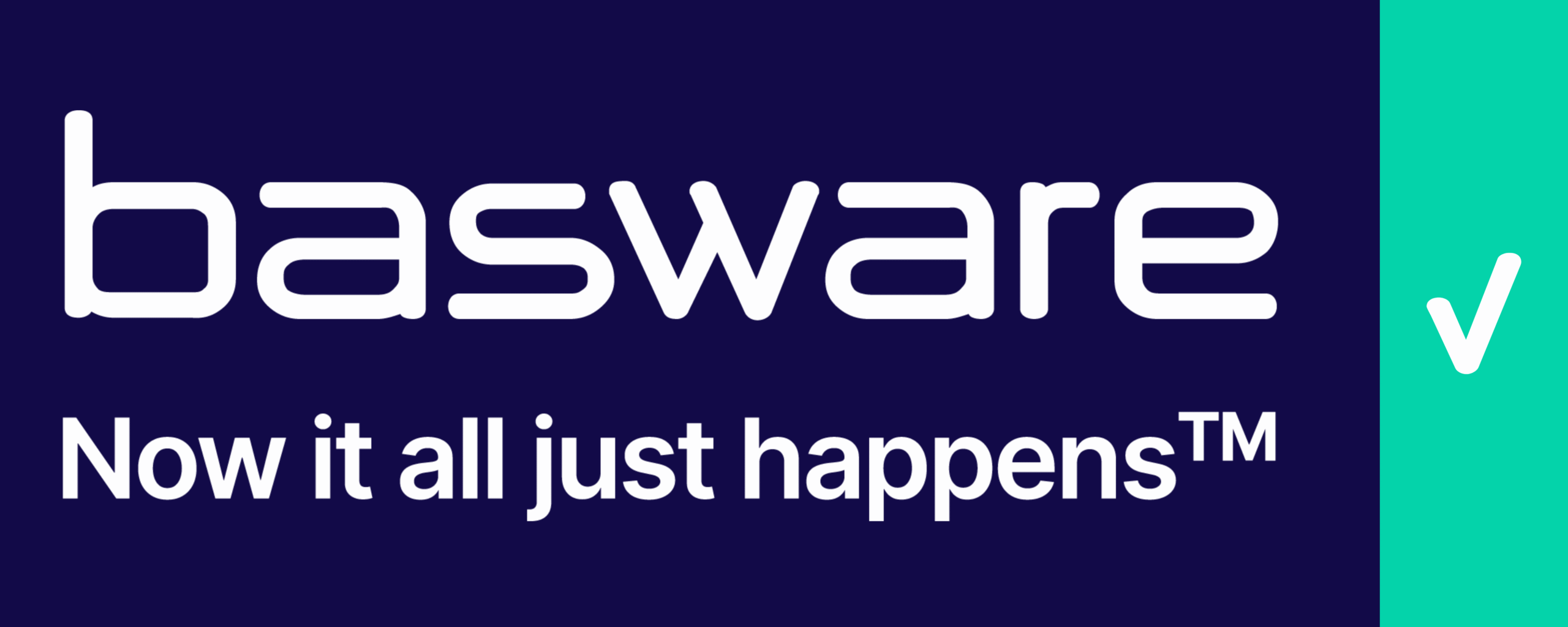Warehouses are unavoidable parts of global trade. From a taxation point of view, the best-known are customs warehouses. However, the role of warehouses is also significant in the European Union’s VAT system. The VAT warehousing procedure can result in several advantages for businesses; nevertheless, its application requires particular attention since the rules differ from Member State to Member State. In this article, the author gives an overview of different types of warehouses mentioned by the VAT Directive and analyses the options and obligations regarding VAT warehousing and their application in Hungary and Germany. Furthermore, through practical examples, she illustrates potential benefits that might be obtained from the application of a VAT warehouse.
Source IBFD (Paid access)
Click on the logo to visit the website
Latest Posts in "European Union"
- EU VAT Rate Changes in 2026: Key Updates for Finland, Lithuania, and Germany
- Amazon Phases Out Commingling: New FNSKU Barcodes Reshape Fulfilment and VAT Compliance
- Delayed EN 16931 Standard Leaves Businesses in Limbo – A Call for Urgent Action
- The EU Commission proposes new collaborative measures in view of ViDA
- How did the EU Member States implemented ”Domestic Reverse-Charge” (Art. 194 of the Directive 2006/112)?















